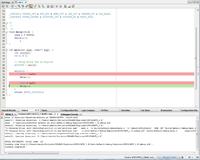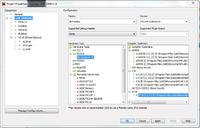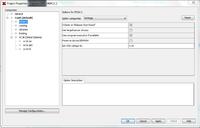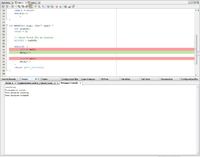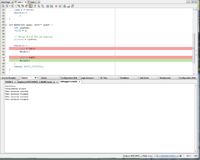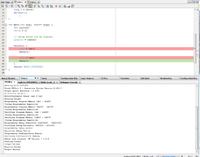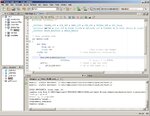ings
Member level 4
that is mean that I can directly test the communication module with my cmd without using a java code by running:
and even view my parameter sending by RN171 just if my pc has a wireless communication?
Code:
set wlan h localWiFi
set wlan p password...
